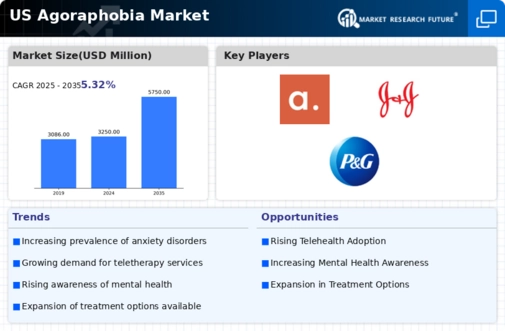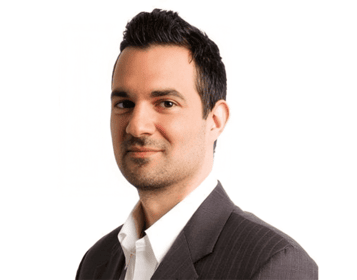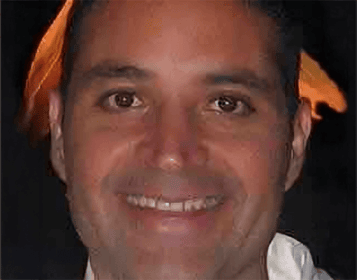The competitive insights of the US Agoraphobia Market reveal a landscape marked by an increasing awareness of mental health issues, with a particular focus on anxiety disorders such as agoraphobia. As more individuals seek out therapy and counseling services, the market has witnessed the emergence of a variety of treatment options, including traditional in-person therapy, online therapy platforms, and telehealth services.
This competitive environment is characterized by innovative solutions aimed at making mental health support more accessible and effective. Companies are harnessing technology not only to expand their reach but also to enhance patient engagement and therapeutic outcomes, positioning themselves to cater to a diverse population with varying needs. As the demand for mental health services grows, the need for differentiation between service providers becomes increasingly significant, leading to a focus on specific niches within the agoraphobia market.
Thriveworks stands out within the US Agoraphobia Market by bolstering its services with a comprehensive approach to mental health treatment. The company provides a unique blend of in-person therapy, group sessions, and online counseling, making it accessible for individuals experiencing agoraphobia.
Thriveworks emphasizes the importance of therapeutic flexibility, allowing clients to choose between different modalities of therapy that fit their lifestyles. One of its significant strengths lies in its focus on client experience, with a strong commitment to customer service and a reputation for shorter wait times for appointments compared to competitors.
This positioning enhances the overall accessibility of treatment for agoraphobia sufferers. Additionally, Thriveworks has a well-established network of licensed therapists and mental health professionals, providing a solid foundation for quality care, thus attracting a dedicated client base seeking effective support for their conditions.
Talkspace, similarly focused on the US Agoraphobia Market, has made significant strides in providing accessible mental health services through its digital platform. The company primarily offers online therapy services, allowing clients to communicate with licensed therapists via messaging, video, or audio. This flexibility is particularly beneficial for those struggling with agoraphobia, as it removes the barrier of in-person visits.
Talkspace's strengths include their diverse range of therapists, which enables clients to find a professional who aligns with their specific needs. They continue to build a robust market presence by engaging in partnerships and strategic collaborations that expand their service offerings and bolster brand visibility.
Talkspace has also been involved in mergers and acquisitions to enhance its technological capabilities and service portfolio, ensuring that it remains competitive within the mental health landscape. Their focus on tailored care plans and easy access to experienced therapists positions Talkspace as a strong contender in the US agoraphobia market.













